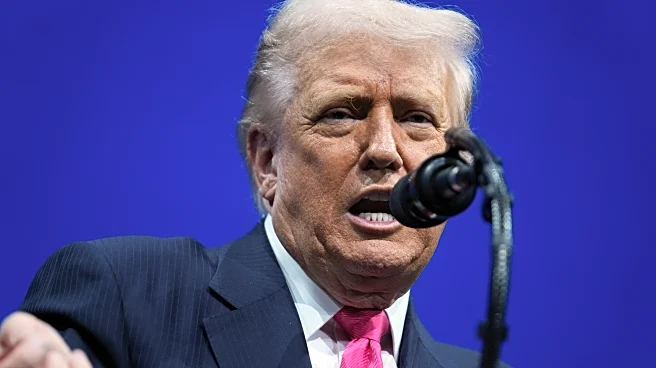What's Happening?
The National Science Foundation (NSF) and National Institutes of Health (NIH) maintained their total grant funding levels in fiscal year 2025, despite a reduction in the number of new grants awarded. NSF committed
approximately $8.17 billion to various funding mechanisms, similar to the previous year, while NIH spending remained stable. However, NSF reduced the number of new research project grants from 11,000 in 2024 to 8,800 in 2025, as part of efforts to manage future financial obligations amid potential budget cuts proposed by President Trump. The agency also decreased the number of new continuing grants and forward-funded existing ones.
Why It's Important?
The stability in NSF and NIH funding levels is crucial for ongoing scientific research and innovation in the U.S. However, the reduction in new grants could impact the research community, limiting opportunities for new projects and advancements. This situation underscores the importance of federal support for science and research, which drives technological progress and economic growth. The potential budget cuts proposed by President Trump could further challenge the ability of these agencies to support scientific endeavors, affecting researchers, institutions, and the broader scientific community.
What's Next?
Congress has yet to finalize funding for NSF in the current fiscal year, with a continuing resolution in place until January 30. Lawmakers must pass appropriations bills to prevent a government shutdown. While Republicans have indicated they do not plan to cut $5 billion from NSF, the final decision remains pending. The research community and stakeholders will likely advocate for sustained or increased funding to support scientific research and innovation, emphasizing the long-term benefits for the U.S. economy and global competitiveness.












